#rice fields
Explore tagged Tumblr posts
Text


same place different season
#taiwan#taipei#photography#rice fields#稻田#北投區#haven't been out here in a while both cause it's cold and part of the path is blocked off for dredging#the detour is kinda annoying#they have people in hi-viz vests directing cyclists now#idk if people have been getting lost or hit by vehicles on the back roads with blind turns
191 notes
·
View notes
Text










My heart yearns to return back to Japan
#Japan#travel#traveling#landscape#nature#japanese countryside#nippon#moss#mossy#Forest#woods#shrine#cat#photography#travel photography#rice field#rice fields#bird#birds#crow#corvid#cow#ox#statue#photographer#my photgraphy#my photos#Nara#Osaka
259 notes
·
View notes
Text
" Munnar " // © Aneesh K K
Music: © aneesh_nilavu - Aneesh_Nilavu (Kadhalar dhinam)
#Munnar#Idukki#Kerala#India#nature#landscape#Fog#Mounts#Valley#Rice Fields#Grass#Tea Fields#Aerial#Drone#reels#photography#aesthetics#wanderlust#explore#follow#discover
140 notes
·
View notes
Text
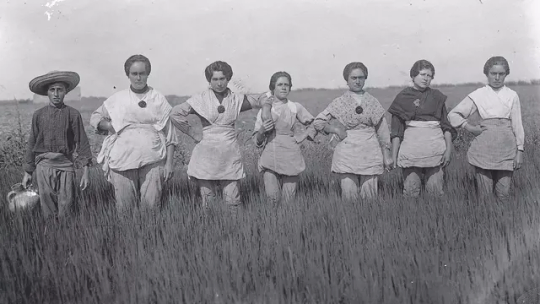
A group of weeders standing in a rice field in Amposta (Terres de l'Ebre, Catalonia). I couldn't find the date but it's most likely from the 1920s-1940s. Photo from Museu de les Terres de l'Ebre.
This photo is interesting because it shows the traditional clothes that women from the Ebro Delta wore until the 20th century. It's very different from the image most people think of when we imagine "traditional women's clothes". The truth is that many countries (including ours when it comes to the pubilla and hereu outfit) fixed their "national costume" in the early 1900s, taking the upper class formal clothes as "the traditional clothes". However, that is not representative of the country in general, particularly of the working classes, nor of the many local variations that are always found around a country.
These weeders are wearing saragüells, which are a kind of tight-fitting trousers made of a light material that can dry easily. On top of this trousers, they wore a skirt that they rolled up to their waist. The reason behind this being the usual work clothes for women in the Ebro Delta area is because it's an area where, since 1860, most people worked in the agriculture of rice. Rice is grown in water, so they worked with their feet and lower part of legs in the water. (Ah, and by the way, yes, of course most women historically worked outside of the home, too.)
Now, here's why I find this interesting: the various dictatorships of Spain who called themselves "traditionalist" (Primo de Rivera's and Franco's) and their followers for many years forbid women from wearing trousers in many ambits or raged against women in trousers for being immoral. How is it possible that "traditionalists" said that, when there are traditional/historical clothes for women that include trousers? Don't "traditionalists" stand for keeping traditions? Well, let's hear the words of one of the movement's founders:
“For the authentic revolutionary conservative, what really counts is to be faithful not to past forms and institutions, but rather to principles of which such forms and institutions have been particular expressions, adequate for a specific period of time and in a specific geographical area.” Julius Evola, Men Among the Ruins: Post-War Reflections of a Radical Traditionalist.
This was said by Julius Evola (1898-1974), one of the ideologues of traditionalism. What he's saying here is that the point of traditionalism is not to be faithful to what the past or the tradition really was like; the point of traditionalism is to have some a priori beliefs and then look back in history and cherry-pick some places where that was the case. History is long and includes millennia of different cultures, you're bound to find pretty much everything at some point, and easily those ideas that have been the status quo in the immediate previous years (which is what they defend). This is why traditionalists defend that European powers are the heirs of Imperial Rome and have claims on other countries as such, but consider things that were completely normal in Ancient Roman culture (homosexuality, multi-racial cities, racial mixing) are not part of what they defend. It was never about following a real tradition or history, that was just an excuse.
These so-called "traditionalist" governments also pick one singular culture from the whole area instead of allowing each area to continue their traditional way of life. In the case of the Spanish dictatorships, exterminating the traditional customs, languages and cultural elements of the nations whose land Spain occupies (Catalans, Basques, Galicians, Aranese...) was a priority. They banned the languages, holidays, songs, and more. At the same time, they imposed one singular language (Spanish), religion (Catholicism), and the holidays, traditions (like bull-fighting), music, etc. of the Spanish with an emphasis on folklore from Andalusia (Southern Spain).
As a historian, it saddens me when people believe that what traditionalists say is really what the past was like, and nowhere do I see more lies than in what the "tradwife" movement have been led to believe. The real past was so much more interesting.
And speaking of trousers... Did you know that France had an 18th-century law that forbid women from wearing trousers which wasn't repealed until 2013? In 1972, the French politician Michèle Alliot-Marie was banned from entering the French Parliament because she was committing the crime of wearing trousers!
#amposta#catalunya#història#fashion#anthropology#fashion history#folk fashion#traditional clothes#europe#history#traditional costume#national costume#traditional fashion#women's history#rice#rice fields#cultures#culture#ethnography
98 notes
·
View notes
Text

palumbocathy
#palumbocathy#fields#houses#rice fields#march#photos#villages & houses & cities & churches & lighthouses
58 notes
·
View notes
Text







Side roads through the soy fields in southern Illinois
Taken June 2024
#southern illinois#abandoned buildings#farms#snakes#turtles#northern map turtle#rough green snake#black-necked stilt#mississippi kite#rice fields#my photos#my places#iiwwtitikofv
149 notes
·
View notes
Text
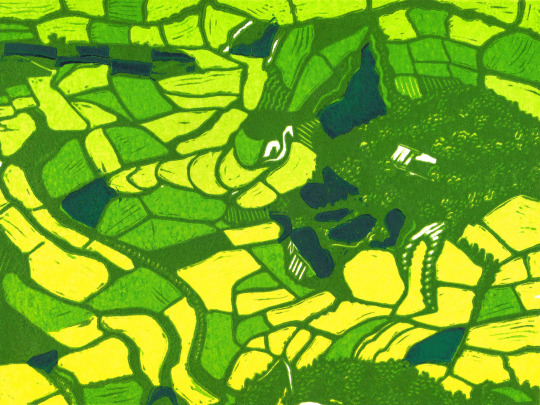
Reduction relief I made of rice fields in Sichuan, trying put in a hidden image
#reduction relief#my art#artists on tumblr#printmaking#sichuan#asian artist#rabbit#rice fields#linocut
17 notes
·
View notes
Text
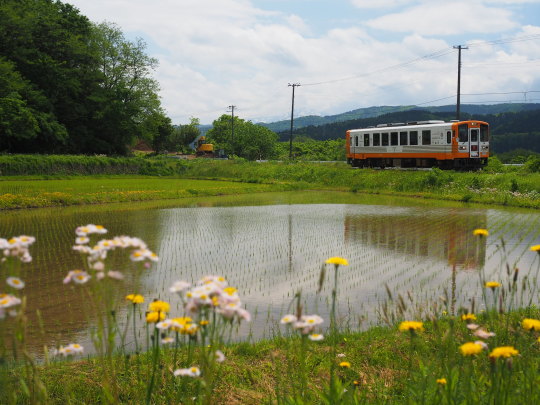


Yurihonjo (2) (3) by murozo
Via Flickr:
(1) Many flowers are blooming on the sides of rice fields. The train passed by this field. Mt. Chokai in the back, but it was mostly hidden by clouds. 田圃の周りにたくさんの花が咲いていました。その脇を列車が通り過ぎて行きました。 奥には鳥海山が見えるのですが、ほとんど雲に隠れていました。 (2) Apple garden. These are probably the flowers of Ohrin (one of varieties of apples). / おそらく、王林の花。 (3) I found this buckwheat field yesterday but it was cloudy. The night passed... This morning is fine! I visit this place again! 昨日この場所を見つけたのですが、昨日は曇り。一晩明けて今日は晴れ!再訪して撮りました。
#agricultural landscape#rice fields#countryside#trains#flowers#fruit trees#pastoral#buckwheat#japan#akita prefecture
87 notes
·
View notes
Text

The large torii gate to Kumano Hongū Taisha Grand Shrine (熊野本宮大社) in Tanabe, Wakayama Prefecture, surrounded by rice fields in early May
La gran puerta torii del gran santuario de Kumano Hongū Taisha (熊野本宮大社) en Tanabe, prefectura de Wakayama, rodeada de campos de arroz a principios de mayo
Image from the shrine's official twitter account on May 4, 2024
70 notes
·
View notes
Text
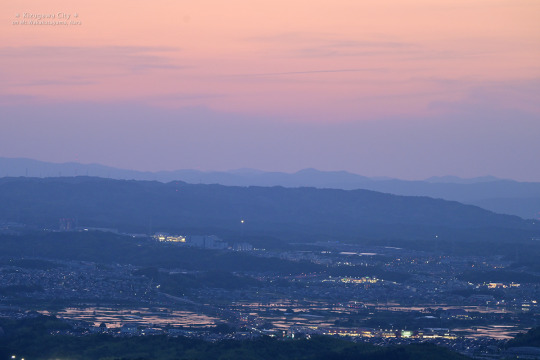
【木津川市】
超国宝展の後、ふらっと若草山へ。 若草山山頂から見る景色は いつも奈良盆地ばかりでしたが ふと北側を見てみると 京奈和自動車道の木津インターチェンジ付近の 水田が綺麗でした♬ 若草山から撮影 2025年6月5日
10 notes
·
View notes
Text


北投稻田
27 notes
·
View notes
Text





Rice Fields Forever
Bali/ Indonesia
photos cjmn
44 notes
·
View notes
Video
20241014 Rokusho shrine 3 by Bong Grit Via Flickr: もやっているところに朝日がさしてきました。このあと、登坂がきつくなるゾーン。 Photo taken at Matsudaira area, Toyota city, Aichi pref.
#Japanese house#House#Rice fields#Rice paddy#Rural area#Country#Countryside#Scenery#Scene#Landscape#Morning#Dawn#Mountain#Hill#Bush#Forest#Tree#Trees#Nature#Plant#Agriculture#Matsudaira area#Toyota#Aichi#Japan#SONY#SONY RX100M3#flickr
15 notes
·
View notes
Text

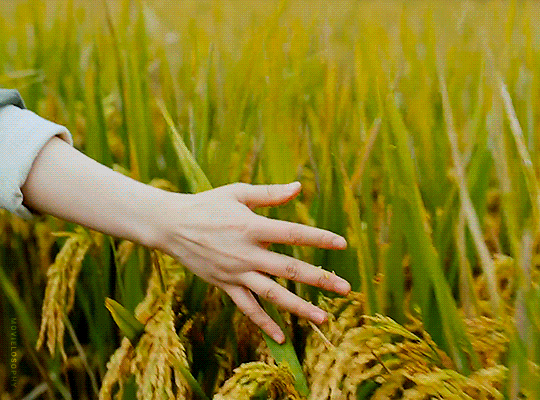
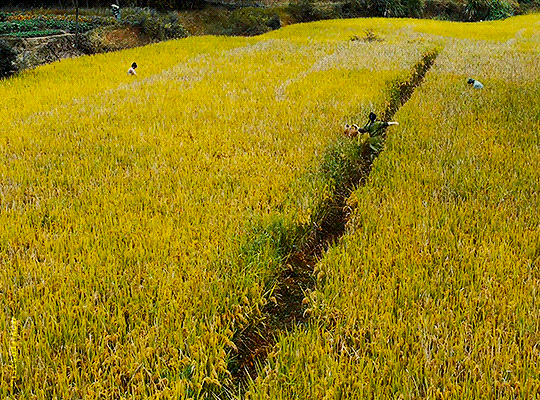
Romance on the Farm | what a beautiful view
#city girl rarely see rice fields#aesthetics#green aesthetics#green#rice fields#i don't think i have time for new drama#but for txw? i'll try#romance on the farm#cdrama#tian xiwei#character: lian man er
82 notes
·
View notes
Text
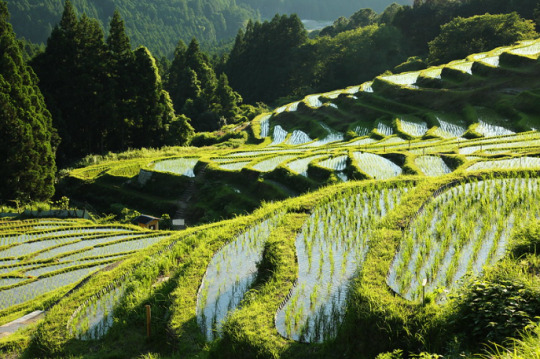
x
83 notes
·
View notes
Text

Sunset & Mountain 🌞⛰️
📌 Majalengka, West Java, Indonesia 🇮🇩
21 notes
·
View notes